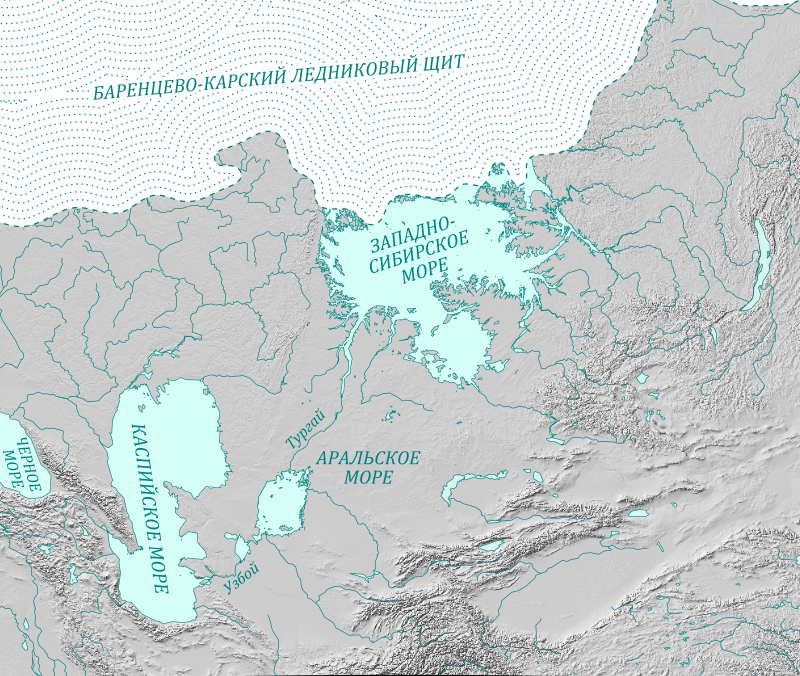
The Saga of King Ural the Immortal


Written by Master Chronicler Michael Yamana
Composed on the Second of February, 1953
It is said that when a Atswian sees a mountain, his first thought is which King created it.
-Excerpt from the famous “Portrait of a Atswian" novel.
The legend of King Ural is an immensely popular legend in Atswia. This legend, or “saga”, is a variation of the prominent “King asleep in the mountains” folklore trope and the prominent “Great Flood” trope.

The legend originated from the Bashkir people of the Ural Mountains, where it is still popular. The legend spread to Atswia from members of Tchaovisky’s Turtles native to the Ural Mountains who spread it among their Atswian comrades. The legend was “corrupted” from this exchange, and although not entirely dissimilar from the Bashkir legend, it exists in a entirely different fashion (The Bashkir Legend focuses on the early life of Ural, and the Atswian legend focuses on his reign as a King).
The already popular folklore of the sleeping King Barbarossa among the Germans of Atswia definitely played a part in their quick adoption of the legend of King Ural.
The legend normally describes a history such as this :
There once was a great King named Ural. King Ural was a paragon of virtue and was beloved by his subjects. His long reign extended over the entire modern Eurasian Steppe, however, unlike the modern Eurasian Steppe, there was a massive sea where the modern Ural Mountains lie, at the center of which laid the capital of King Ural’s empire, a city that was boundlessly prosperous. King Ural’s main quest in life was to vanquish death itself. King Ural succeeded in his quest through use of “marvelous machinations”, however, due to an outsider, he drowned along with all of his subjects in a great flood. The flood eventually rescinded, and the only evidence of King Ural that remained was the remains of his colossal body, the Ural Mountains.
No actual historical records correlate with anything mentioned in the legend-besides the fact that the “marvelous machinations” may be Anomalous Entities, but that is an unprovable reach.
However, the “massive lake” present in the legend may be the ancient West Siberian Glacial Lake. That is also seemingly unprovable.

■■■■■■■■■■■■■■■■■■■■■■■■■■■■■■■■■■■■■■■■■■■■■■■■■■■■■■■■■■■■■■■■■■■■■■■■■■■■■■■■■■■■■■■■■■■■■■■■ ■■■■■■■■■■■■■■■■■■■■■■■■■■■■■■■■■■■■■■■■■■■■■■■■■■■■■■■■■■■■■■■■■■■■■■■■■■■■■■■■■■■■■■■■■■■■■■■■ ■■■■■■■■■■■■■■■■■■■■■■■■■■■■■■■■■■■■■■■■■■■■■■■■■■■■■■■■■■■■■■■■■■■■■■■■■■■■■■■■■■■■■■■■■■■■■■■■ ■■■■■■■■■■■■■■■■■■■■■■■■■■■■■■■■■■■■■■■■■■■■■■■■■■■■■■■■■■■■■■■■■■■■■■■■■■■■■■■■■■■■■■■■■■■■■■■■.
■■■■■■■■■■■■■■■■■■■■■■■■■■■■■■■■■■■■■■■■■■■■■■■■■■■■■■■■■■■■■■■■■■■■■■■■■■■■■■■■■■■■■■■■■■■■■■■■ ■■■■■■■■■■■■■■■■■■■■■■■■■■■■■■■■■■■■■■■■■■■■■■■■■■■■■■■■■■■■■■■■■■■■■■■■■■■■■■■■■■■■■■■■■■■■■■■■ ■■■■■■■■■■■■■■■■■■■■■■■■■■■■■■■■■■■■■■■■■■■■■■■■■■■■ ■■■■■■■■■■■■■■■■■■■■■■■■■■■■■■■■■■■■■■■■■■■■■■■■■■■■■■■■■■■■■■■■■■■■■■■■■■■■■■■■■■■■■■■■■■■■■■■■.
Regardless, the ever popular legend of King Ural the Immortal is a part of the mythos of Atswia, whether it be reminiscent of actual history or not.
-Master Chronicler Michael Yamana